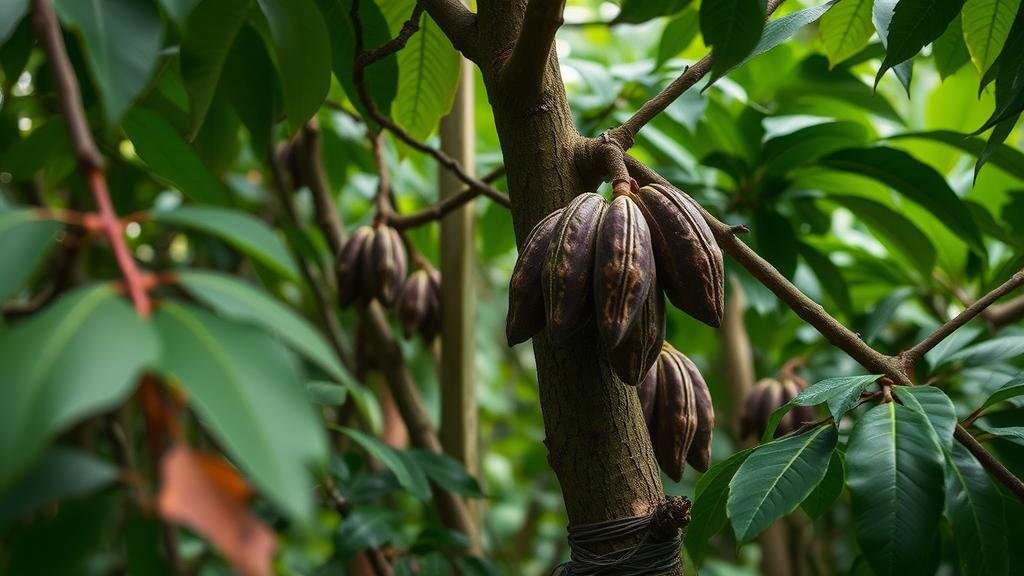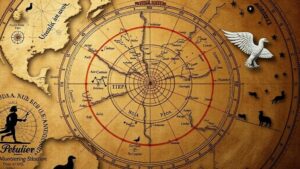Documenting the wild cacao trees hidden in South American jungles.
Documenting the Wild Cacao Trees Hidden in South American Jungles
The discovery and documentation of wild cacao trees in the dense jungles of South America represent an important endeavor for conservationists, botanists, and chocolate lovers alike. Cacao, scientifically known as Theobroma cacao, is the source of chocolate and plays a vital role in the economy and culture of many tropical countries. This article explores the significance, the ongoing research, and the challenges associated with documenting these hidden treasures of biodiversity.
The Significance of Wild Cacao Trees
Wild cacao trees are crucial for a number of reasons:
- Biodiversity: These trees contribute to the rich biodiversity of the rainforest ecosystem, hosting various species of flora and fauna.
- Cultural Heritage: Indigenous communities have cultivated cacao for centuries, integrating it into traditional rituals and economic practices.
- Genetic Diversity: Wild cacao populations contribute to the genetic pool necessary for breeding programs aimed at enhancing disease resistance and yield.
Historically, cacao was revered by ancient civilizations such as the Mayans and Aztecs, who used the beans as currency and in sacred ceremonies, highlighting its cultural importance beyond mere consumption.
Recent Efforts in Documentation
Recent exploration efforts, particularly from 2010 onwards, have focused on regions such as the Amazon rainforest in Ecuador and Brazil, where some of the oldest cacao trees are found. Researchers aim to accurately document existing populations, with the hope of studying the implications of climate change and deforestation on these vital trees.
One notable expedition took place in 2018, where a team of botanists from the University of California partnered with local tribes. They identified and documented over 300 wild cacao trees across a 20-square-mile area in the Ecuadorian Amazon. This discovery was significant because it displayed previously unknown genetic variation among these trees, which could be instrumental in future breeding and conservation efforts.
Challenges in the Field
Despite the excitement around documenting these trees, numerous challenges persist:
- Accessibility: Many wild cacao populations are located in remote areas that are difficult to access, hampering effective research.
- Deforestation: Logging and land conversion for agriculture threaten the natural habitats where these trees grow.
- Funding: Research projects often rely on grants and donations, which can be inconsistent and limited.
As of 2023, approximately 30% of Ecuadors rainforest has already been cleared for agricultural purposes, emphasizing the urgency for conservation efforts.
Real-World Applications
Documenting wild cacao trees can have transformative impacts on several levels:
- Sustainable Farming: Farmers can utilize genetic variations from wild populations to develop more resilient crops.
- Conservation Programs: Knowledge gained from wild cacao documentation informs policies aimed at preserving these vital ecosystems.
- Economic Opportunities: By promoting wild cacao, regions can create niche markets, attracting premium buyers interested in unique chocolate flavors.
For example, programs launched in Peru since 2019 have successfully trained local farmers to cultivate cacao sustainably while preserving wild trees, leading to higher market prices for ethically sourced chocolate.
Conclusion: The Path Forward
The journey of documenting wild cacao trees in South America is just beginning, but it holds the key to preserving not only a beloved culinary tradition but also an essential component of global biodiversity. As researchers, conservationists, and local communities collaborate, the knowledge gained can empower sustainable practices and protect these remarkable natural resources for generations to come.
Actionable Takeaway: Individuals interested in supporting wild cacao research can consider donating to conservation organizations, purchasing ethically sourced chocolate, or advocating for sustainable agricultural practices in their communities.



